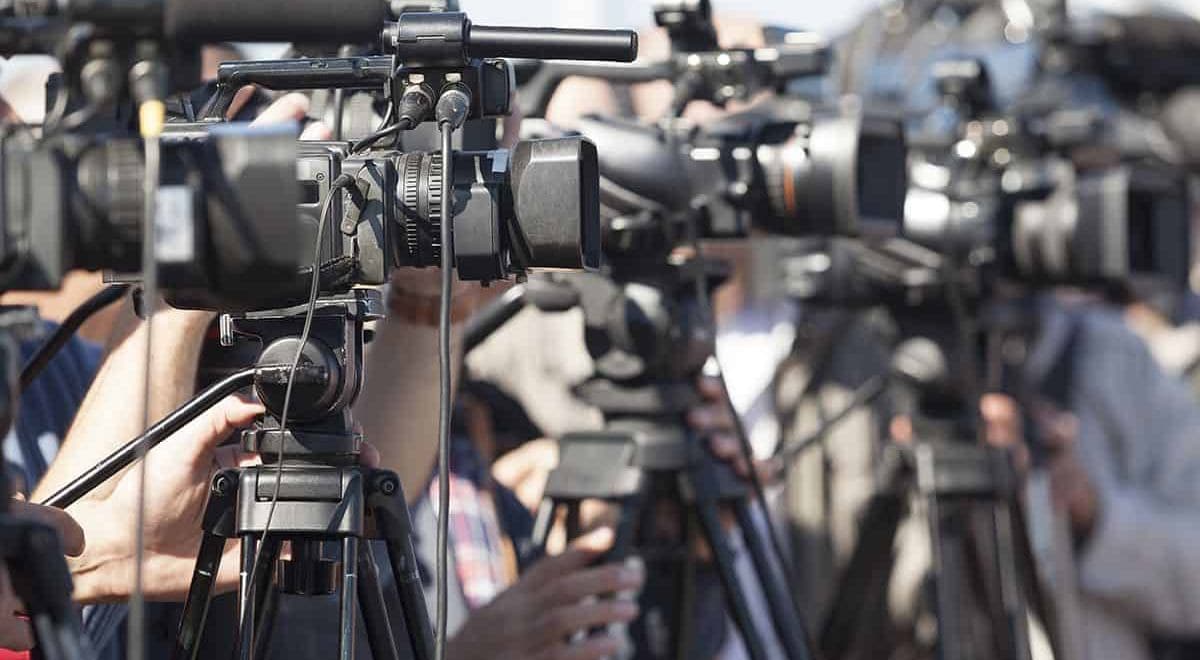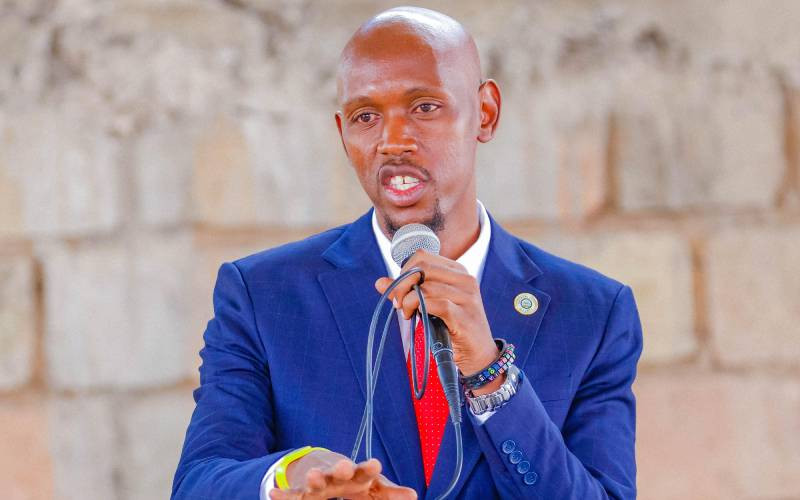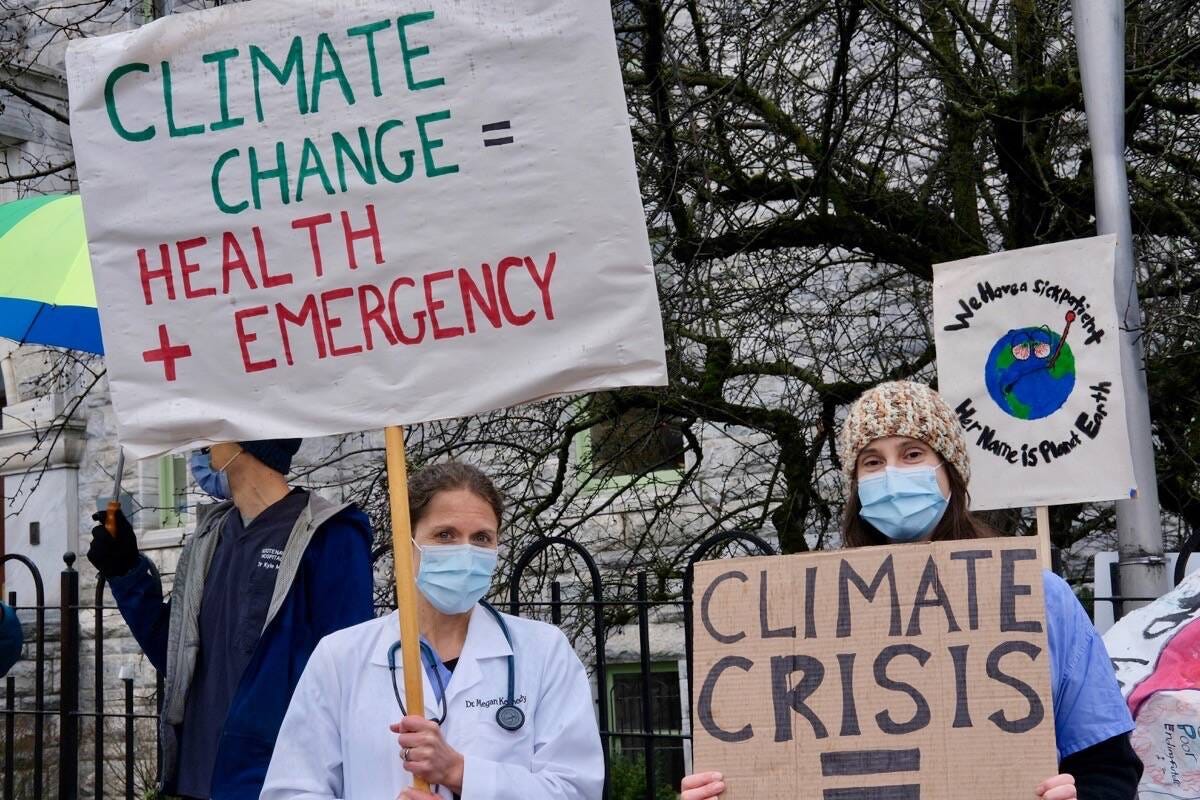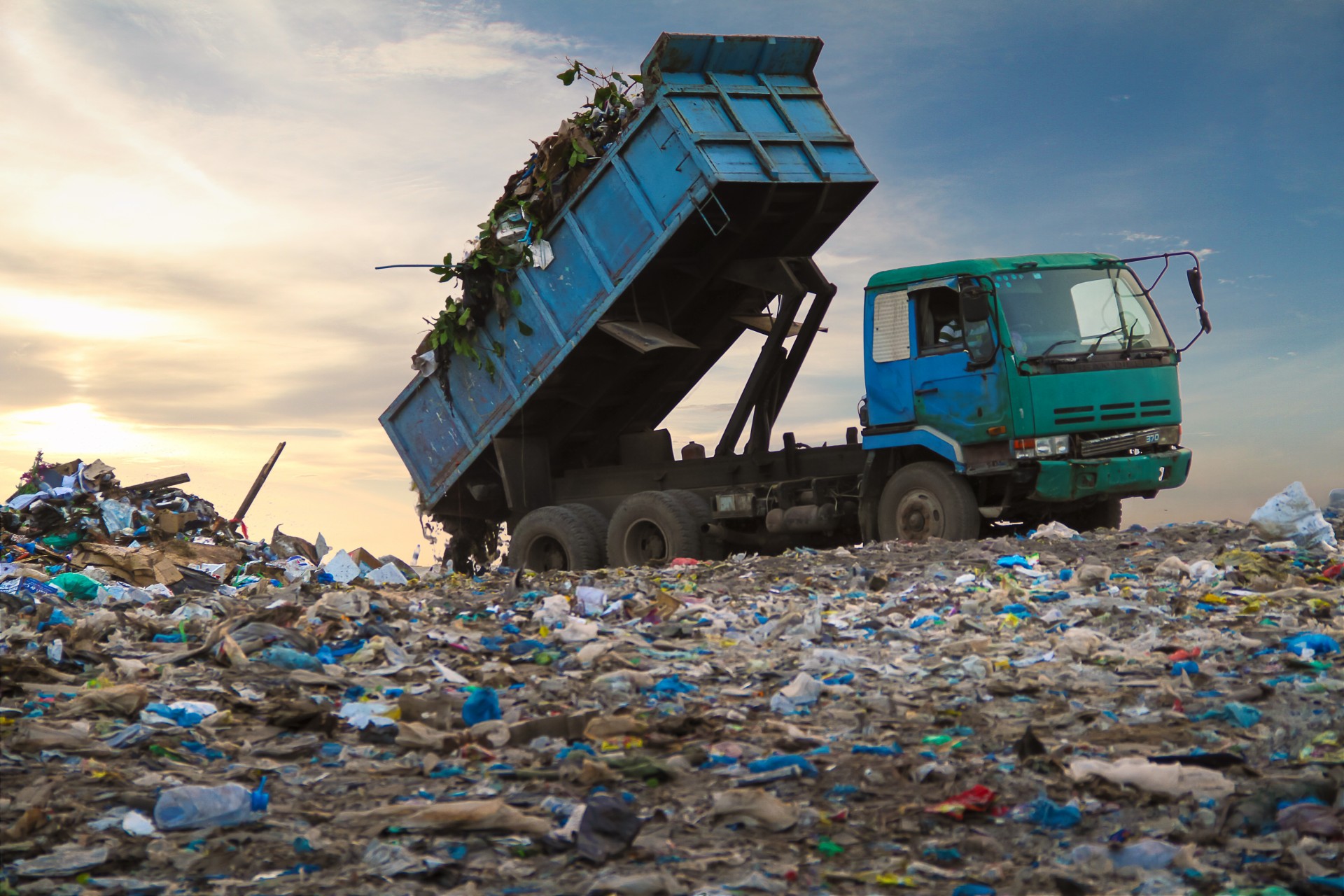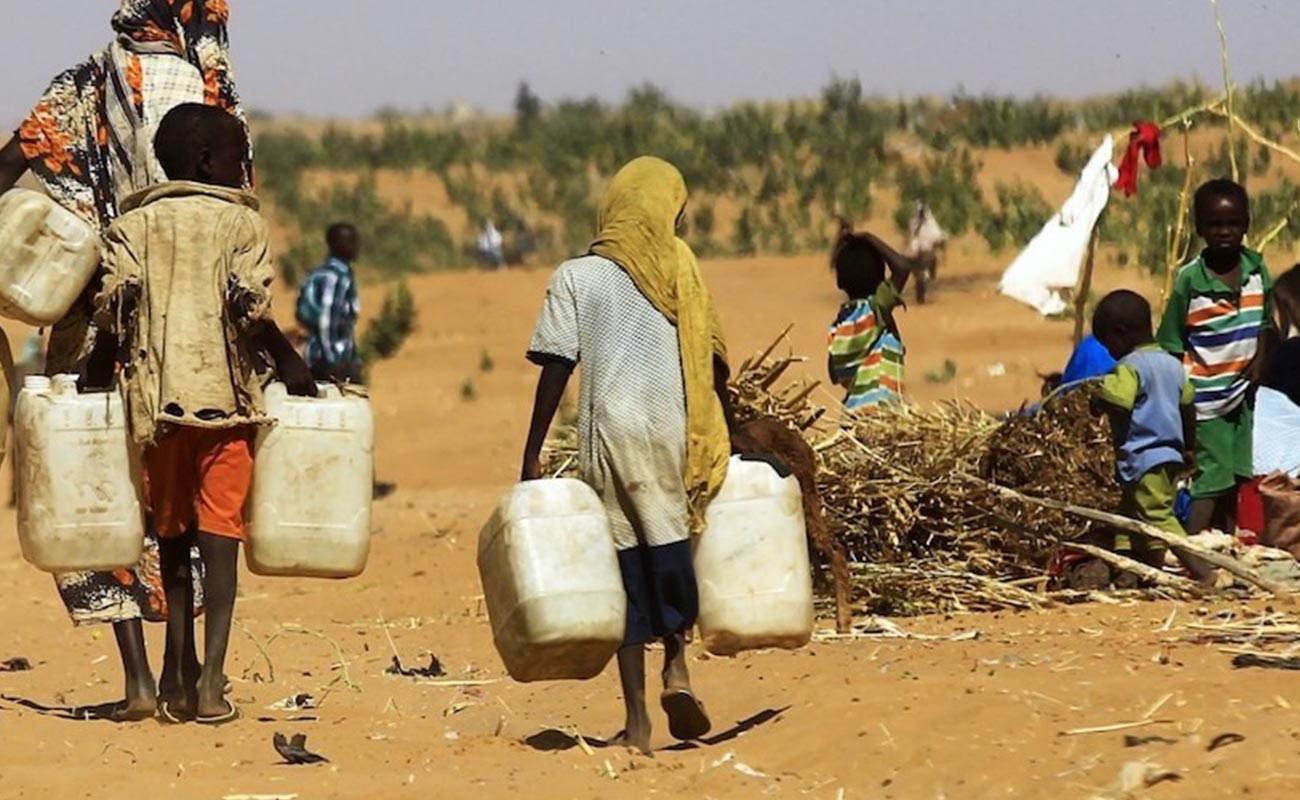- The power of pictures and videos to evoke emotions, create understanding, and compel action cannot be overstated.
Climate change is one of the most pressing challenges of our time, and its impact on our planet and society cannot be underestimated. However, engaging the public in discussions about climate change can be daunting.
Many people find the topic overwhelming or distant from their daily lives. Journalists are responsible for bridging this gap and presenting climate change in a way that captures attention, creates empathy, and inspires action.
Eng. Festus Ng’eno, the PS Environment and Climate Change, rightly emphasizes the need for quality climate change reporting.
To effectively communicate the urgency and gravity of the situation, journalists must go beyond words and delve into visual storytelling. The power of pictures and videos to evoke emotions, create understanding, and compel action cannot be overstated.
Journalists often face the challenge of making the topic relatable and tangible for their audience when reporting on climate change.
Read More
By incorporating photographs and videos that vividly illustrate the consequences of climate change, journalists can bring the issue closer to home. Showcasing the melting glaciers, devastating wildfires, rising sea levels, and the displacement of communities due to extreme weather events can help people understand the real-life impact of climate change.
Visual evidence acts as a catalyst for belief and action. It provides a tangible connection between the abstract concept of climate change and its actual consequences.
Just as a news story without evidence may be met with scepticism, climate change reporting that lacks visual evidence may struggle to engage readers and viewers effectively.
Understandably, some journalists may fear being labelled as "doomers" or accused of sensationalism when presenting the harsh realities of climate change. However, it is crucial to strike a balance between conveying the severity of the situation and offering hope and solutions.
By presenting visual evidence, journalists can educate the public about the urgency of climate action while inspiring them with stories of resilience, innovative solutions, and collective efforts towards a sustainable future.
Investing in the capacity building of editors, journalists, and media practitioners in climate change reporting is essential.
Workshops, training programs, and resources focused on incorporating visual storytelling techniques can empower journalists to convey the gravity of the climate crisis effectively.
Climate change reporting should not be limited to words on a page or screen. It requires the power of visuals to create a lasting impact and motivate individuals, communities, and policymakers to take meaningful steps towards biodiversity conservation and a sustainable future.
Embracing the use of pictures and videos to tell the story of climate change inspires collective action for the well-being of our planet and future generations.

